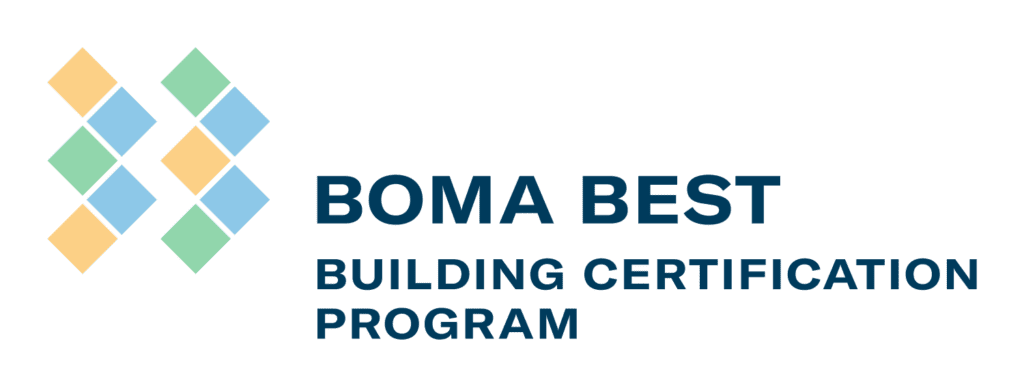Floods, wildfires, extreme weather, it’s what’s been defined as climate risk, and it is having a dramatic impact on commercial real estate across North America. As extreme weather events become more frequent and severe, insurance costs are rising, and in some cases, properties are being defined as uninsurable. This shift is having a dramatic impact on investment strategies, property valuations, and operational decisions.
The Rising Cost of Property Insurance
One of the more telling results has been the dramatic increase in insurance costs for commercial properties due to increasing claims from natural disasters such as hurricanes, wildfires, floods, and severe storms. Key factors driving up premiums include:
- Increased Frequency & Severity of Extreme Weather – Climate change is causing more intense storms, rising sea levels, and prolonged droughts, leading to higher insurance payouts.
- Reinsurance Market Pressure – Insurers rely on reinsurance companies to spread risk, but as claims rise, reinsurers are increasing rates, passing costs down to property owners.
- Geographic Risk Factors – Properties in high-risk areas (coastal regions, wildfire zones, and flood-prone areas) are experiencing the steepest premium hikes, with some facing policy cancellations.
Uninsurability & Market Implications
In some regions, insurers are withdrawing coverage altogether, leaving property owners without viable options. This creates several challenges:
- Declining Property Values –
Buildings that are a challenge to insure become less attractive to investors and lenders, impacting their market value.
- Stricter Lending Requirements – Banks are increasingly factoring climate risk into loan underwriting, requiring comprehensive insurance coverage and resilience measures before approving financing.
- Operational & Maintenance Costs – Property owners have been advised by insurers to invest in resilience upgrades to secure coverage, such as flood barriers, fire-resistant materials, and enhanced drainage systems.
Regulatory Changes & ESG Requirements
Government agencies and industry regulators have responded to climate risks with stricter building codes and environmental requirements. These include:
- New Zoning and Building Regulations – Many municipalities are enforcing stricter floodplain zoning, requiring properties to meet higher elevation and stormproofing standards.
- Mandatory Climate Disclosures – Investors and real estate firms are now required to assess and disclose their climate risks, especially under emerging ESG (Environmental, Social, and Governance) reporting frameworks.
- Sustainable Building Incentives – Some governments are offering tax breaks and funding programs for energy-efficient and climate-resilient building upgrades.
Mitigation Strategies for Property Owners
To address rising insurance costs and climate risks, building owners and managers are being proactive and implementing strategies, such as:
- Investing in Resilient Infrastructure – Upgrades like reinforced roofs, stormwater management systems, and smart building technology help reduce risk exposure.
- Diversifying Portfolios – Investors are shifting away from high-risk markets and focusing on regions with lower climate exposure.
- Self-Insurance & Captive Insurance Models – Some large property owners are setting up their own insurance entities to manage risk independently.
Opportunities in Sustainable Real Estate
It is not all bad news, climate risk is driving innovation in the industry:
- Demand for Sustainable & Resilient Buildings – Tenants and investors are driving the demand for buildings with strong sustainability and resilience credentials.
- Expansion of Climate-Tech Solutions – Technologies like AI-driven risk modeling, flood detection sensors, and wildfire-resistant materials are gaining traction.
- Increased Focus on Sustainable Certifications – Programs that promote energy efficiency and resilience are becoming more valuable in mitigating climate-related risks.
The commercial real estate industry by its very nature is always looking to improve. As climate risks intensify, property owners and managers are taking proactive steps toward resilience and sustainability. These steps are essential to leave the industry best positioned to navigate the evolving landscape of commercial real estate.


